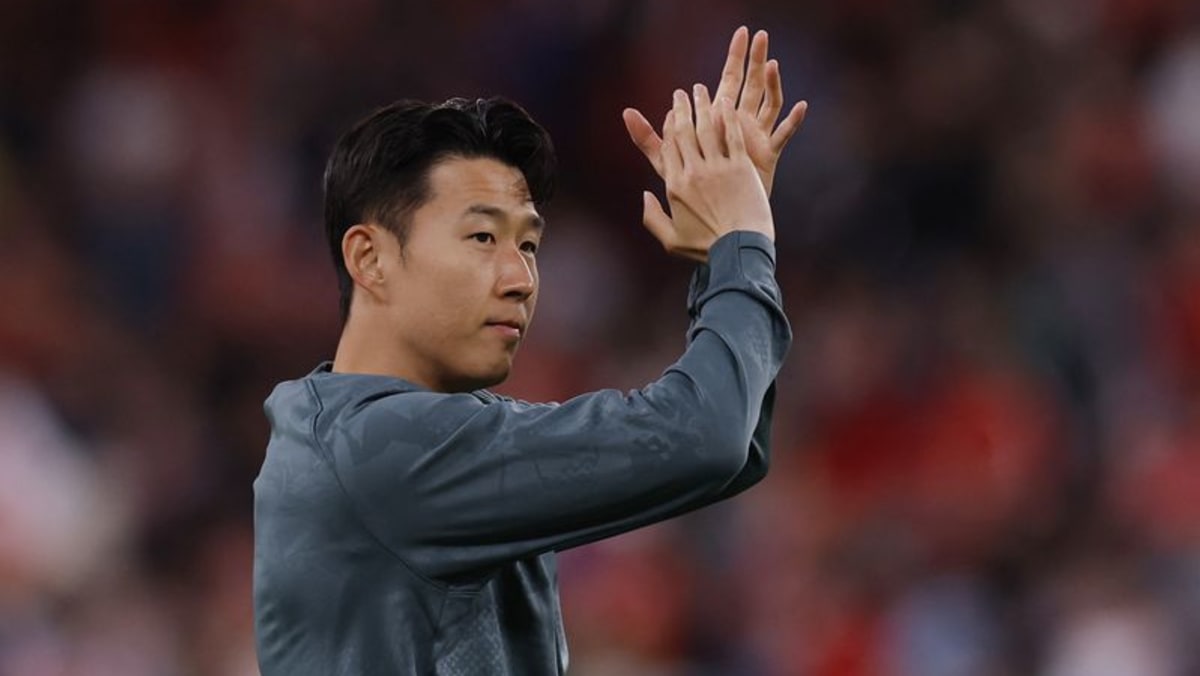Western United’s multimillion-dollar loss highlights A-Leagues’ ongoing struggles

Western United is haemorrhaging cash at a rate of close to a million dollars every month, but as the A-Leagues pivot to focus on financial sustainability officials are confident the competition’s conga line of outgoing transfers is a positive sign for the local game.The Tarneit-based outfit reported a loss of almost $11m for the 2023/24 financial year in accounts lodged to Asic this week, following a deficit of more than $12m for the preceding period.Liabilities exceeded assets by more than $55m, underscoring the urgent need to conclude the deal announced in May to sell the club to the US-based Kaminski group and its local affiliate, KAM Melbourne.The club is due to appear next week at the latest hearing in a winding-up process in federal court brought by creditors.“The injection of capital from KAM Melbourne is progressing well and conversations are ongoing with all relevant stakeholders,” Western United said in a statement on Friday.“With A-League Men pre-season well under way, we are looking forward to finalising this process shortly and sharing some positive developments in the near future.”The state of Western United remains a concern to A-League officials, but the off-season has not been all doom and gloom for Australia’s main domestic leagues. The existence of Canberra United in the ALW has been secured for another year after the ACT government agreed to a new funding package for the 2025/26 season. While League operator Australian Professional Leagues (APL) reported crowds in the ALM were up 10% last season, along with a 9% increase in Channel 10 audiences, and cumulative attendance of almost 1.6 million fans, the highest since 2016/17.However, there is tension between the A-Leagues’ identity as a development league and its standing as an entertainment product in the Australian marketplace, particularly competing against the BBL which is preparing for a possible private equity injection.The APL’s executive chair, Stephen Conroy, has largely avoided press since taking on the role in February, and the organisation declined to comment about the state of the A-Leagues on Friday. Conroy announced in April a lower salary cap would be introduced in an effort to reduce club costs, but failed to consult Professional Footballers Australia prior to the announcement.The PFA chief executive, Beau Busch, said the next 12 months “offer a pivotal opportunity to reset and strengthen” the ALM and ALW.“The players are determined to shape the future of the professional leagues through the establishment of a clear, long-term strategic vision,” he said.skip past newsletter promotion Sign up to Australia Sport Free newsletter Get a daily roundup of the latest sports news, features and comment from our Australian sports desk Enter your email address Sign up Privacy Notice: Newsletters may contain info about charities, online ads, and content funded by outside parties. For more information see our Newsletters may contain info about charities, online ads, and content funded by outside parties. For more information see our Privacy Policy . We use Google reCaptcha to protect our website and the Google Privacy Policy and Terms of Service apply. after newsletter promotionOutgoing men’s transfers tallied $15.7m in 2024/25, an average of more than $800,000 each, confirming the league’s as a growing player in the global football economy. In the past two seasons there have been 46 deals worth nearly $38m, compared with the three previous seasons when 39 transfers netted less than $12m.Clubs have earned even more due to sell-on clauses such as the one in Adelaide United’s sale of Nestory Irankdunda to Bayern Munich, which was triggered by his move this month to Championship club Watford.Socceroos winger Craig Goodwin has returned to South Australia this off-season as the competition’s highest-profile signing after his stint in Saudi Arabia. But the league has lost entertainers such as Marco Tilio, Daniel Arzani, Noah Botic, Adrian Segecic and Nicolas Milanovic, as well as Adelaide’s homegrown veteran Stefan Mauk who was allowed to leave for a club in Vietnam under a paid loan arrangement.The exodus continues in the A-League Women with the recent overseas transfers of Matildas Emily Gielnik, Alex Chidiac and Jessika Nash, as well as Kahli Johnson who moved in February.The league continues to face reputational challenges, including concerns around match-fixing and embarrassments such as Perth Glory’s 9-0 loss to AC Milan in an exhibition match on Thursday. Momentum for the A-League Women after the 2023 Women’s World Cup has also stalled, and the entry of Auckland and Macarthur into the competition has been repeatedly delayed.The APL is preparing to enter negotiations on its next broadcast agreement starting in 2026-27.










